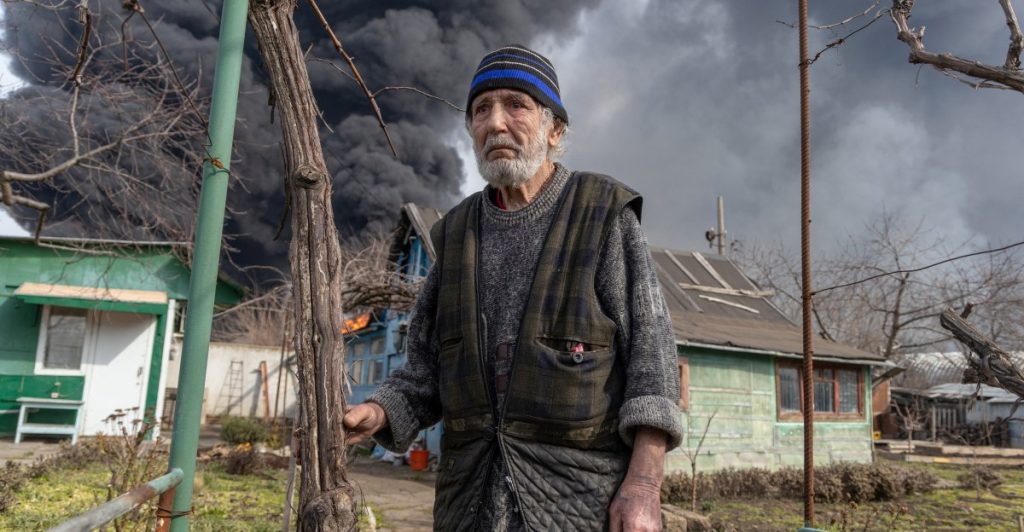Let’s pause on awarding the Nobel Peace Prize for the moment.
Upon taking office, President Donald Trump promised to quickly resolve the conflicts in Gaza and Ukraine. His strategies differ significantly from those of Joe Biden, and in certain instances, he has achieved some outcomes.
However, he has yet to conclude either conflict. In fact, developments this week suggest that a resolution is now further away than it has been.
The tenuous ceasefire in Gaza, established just before Trump assumed the presidency, fell apart after Israel conducted airstrikes that reportedly killed over 400 individuals, as per the Gaza Health Ministry, and resumed significant ground operations. Hamas has also restarted its rocket attacks into central Israel, hastening the deterioration into a full-blown war.
Simultaneously, during a conversation with Trump, Russian President Vladimir Putin dismissed a suggested 30-day ceasefire, which Ukraine had agreed to under U.S. influence. Though there was an agreement to pause attacks on one another’s energy infrastructure, this has not deterred extensive drone assaults from both factions, including an attack by Russia on a hospital that occurred just hours post-agreement.
Negotiations are scheduled for next week in Saudi Arabia, mediated by the U.S., with Trump’s team aiming for a swift transition to a full ceasefire. However, differing positions between the two sides remain stark, indicating that without an unexpected breakthrough, the wars in both Ukraine and Gaza are no closer to resolution.
This situation underscores a simple truth: ending wars proves significantly more challenging than initiating them. Hamas and Israel maintain fundamentally irreconcilable positions regarding a lasting ceasefire, while Putin has shown no inclination to end the war except through Ukraine’s complete surrender.



